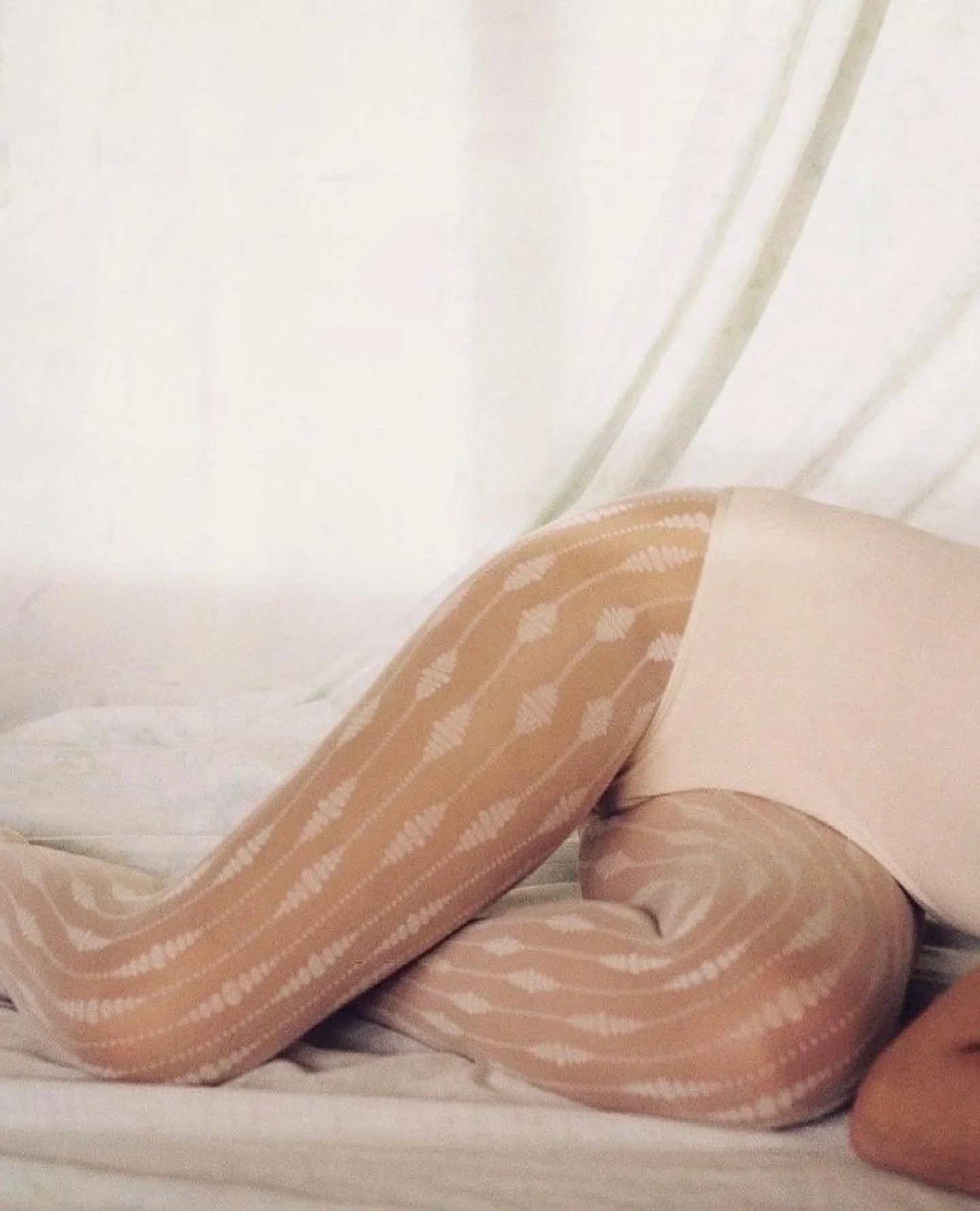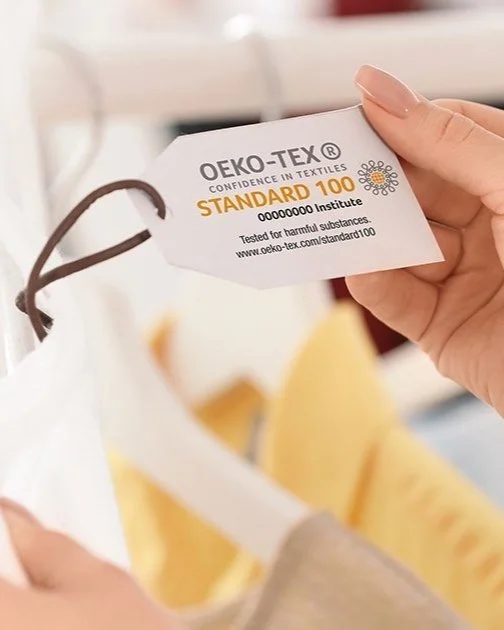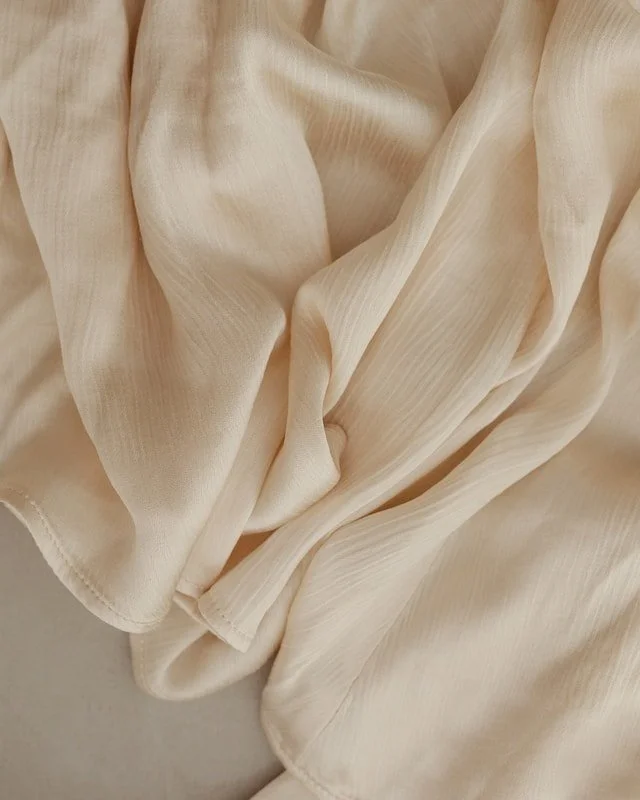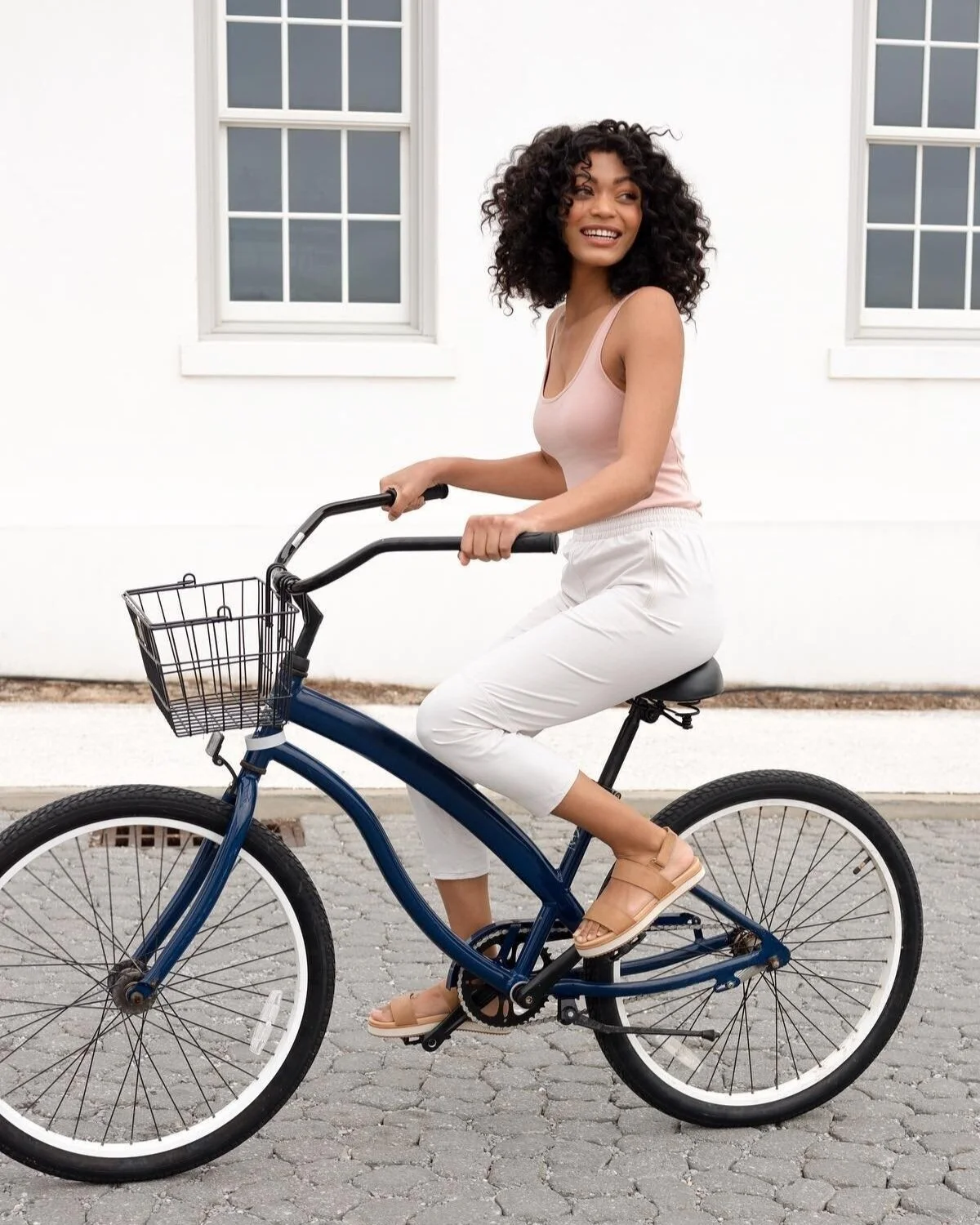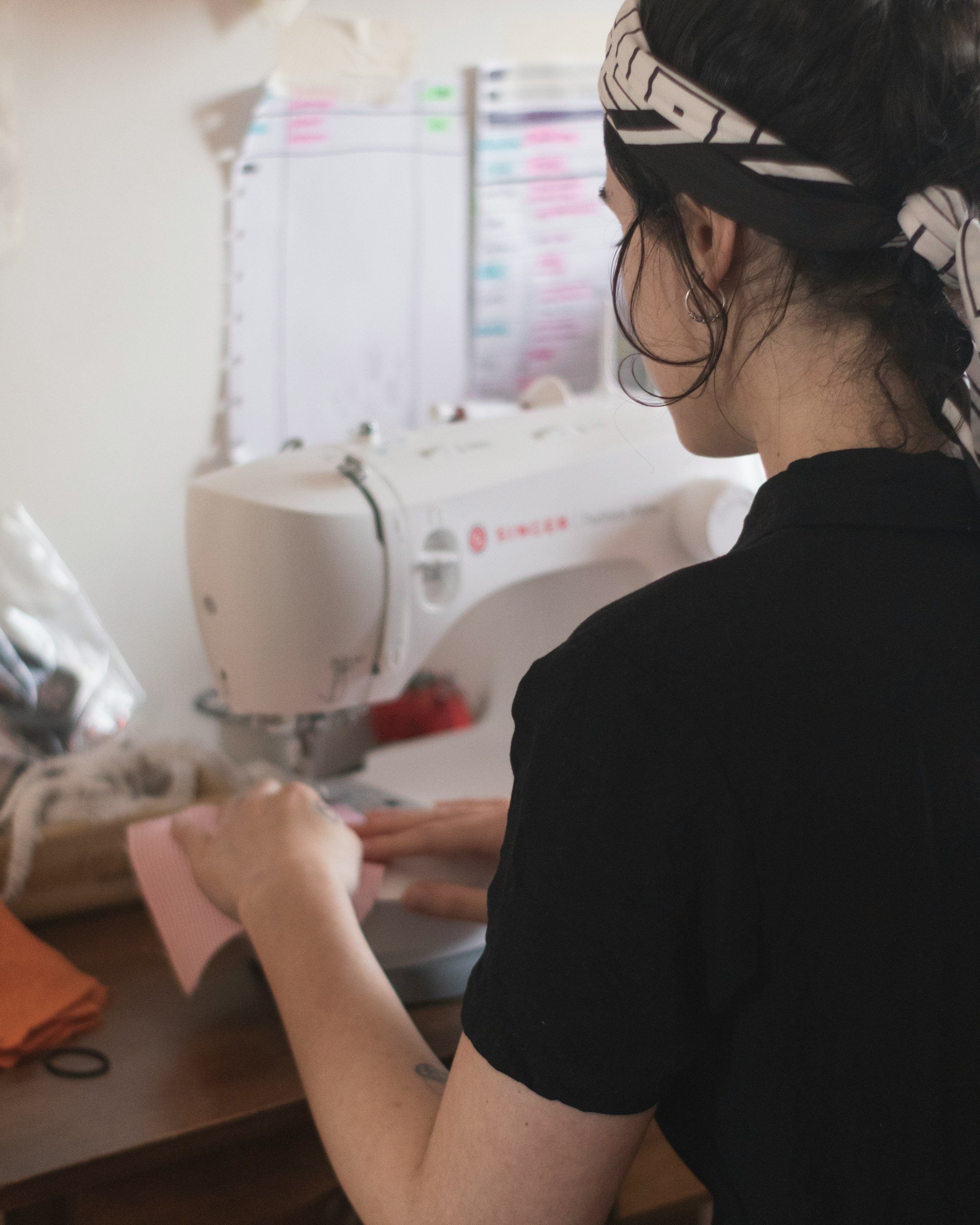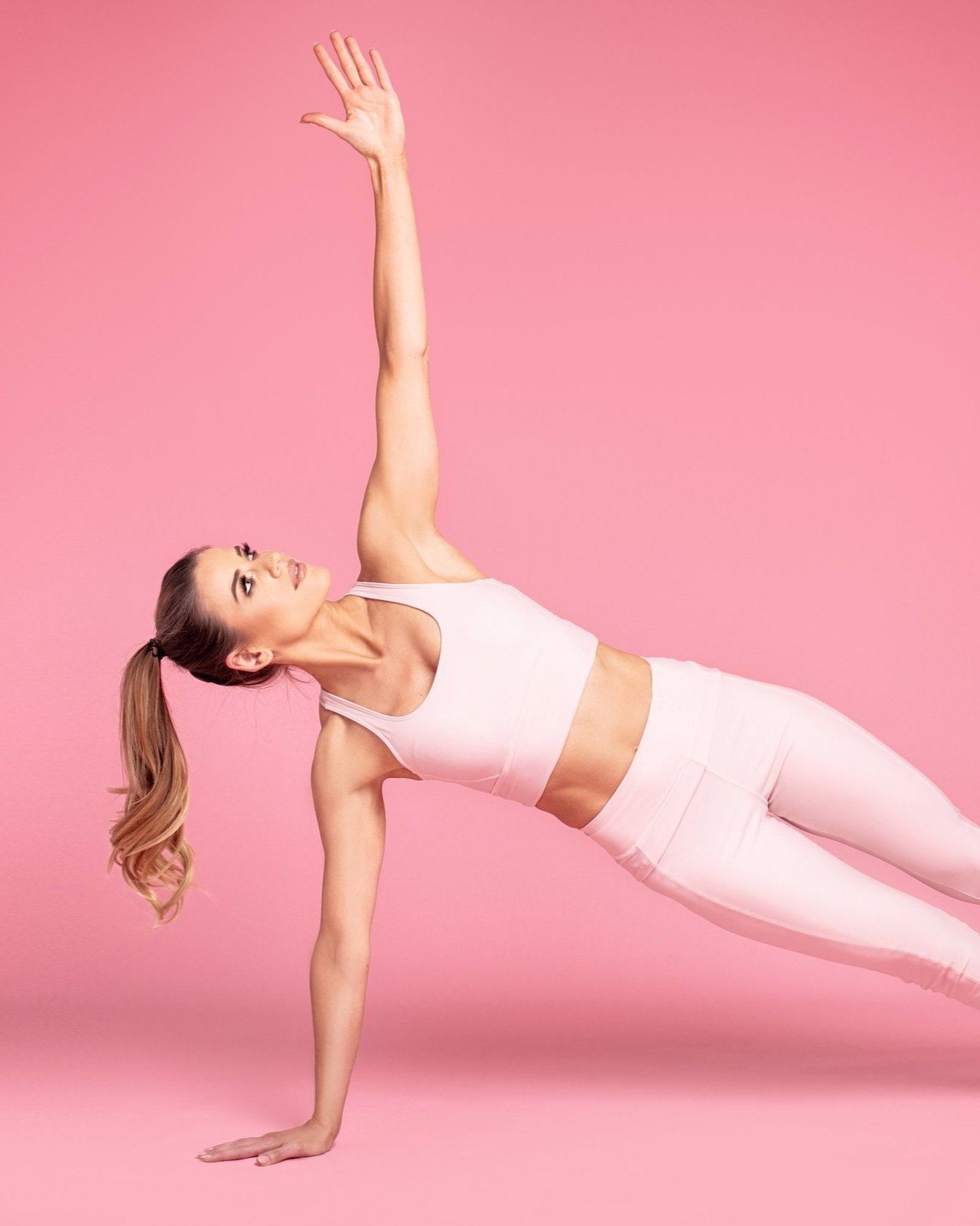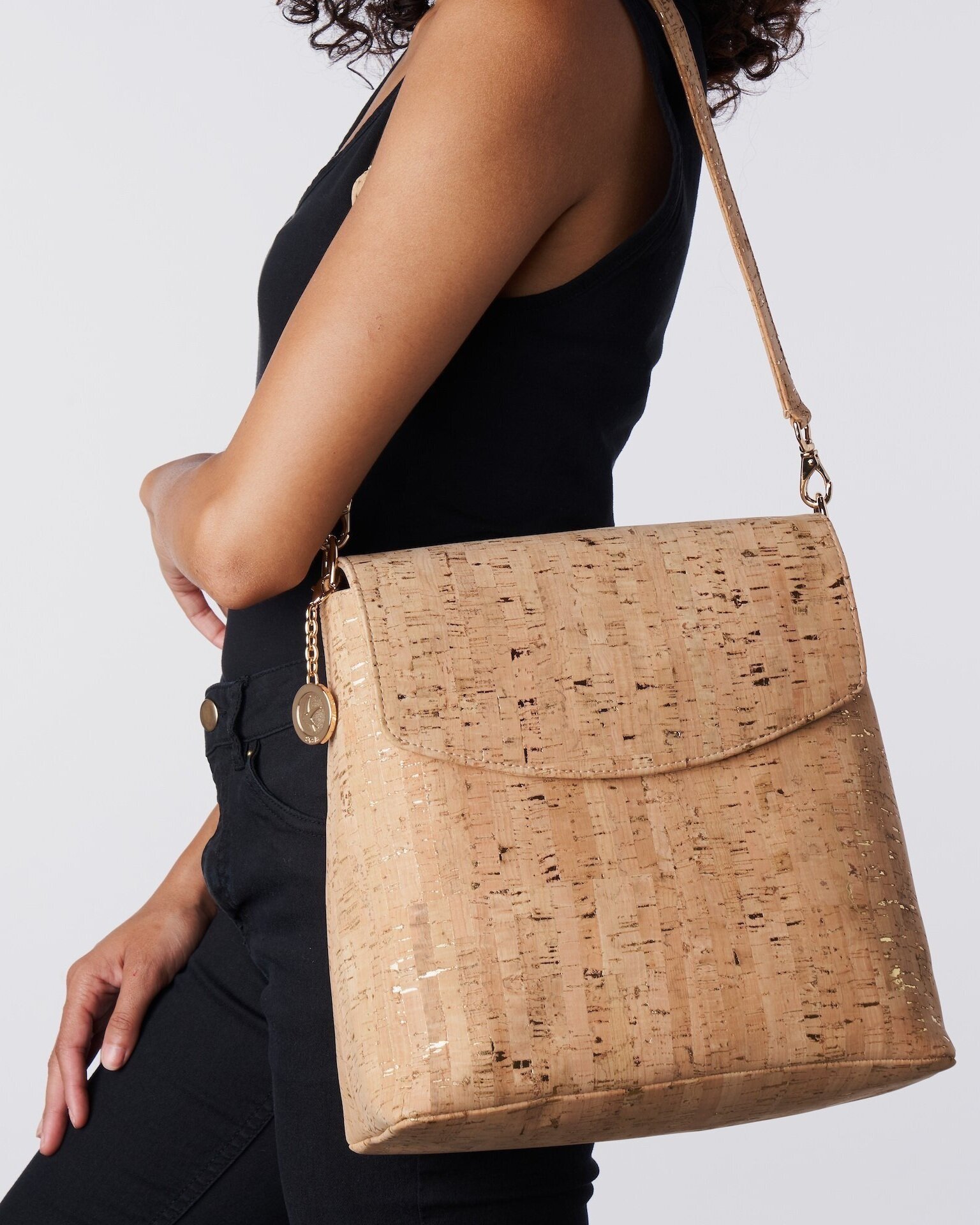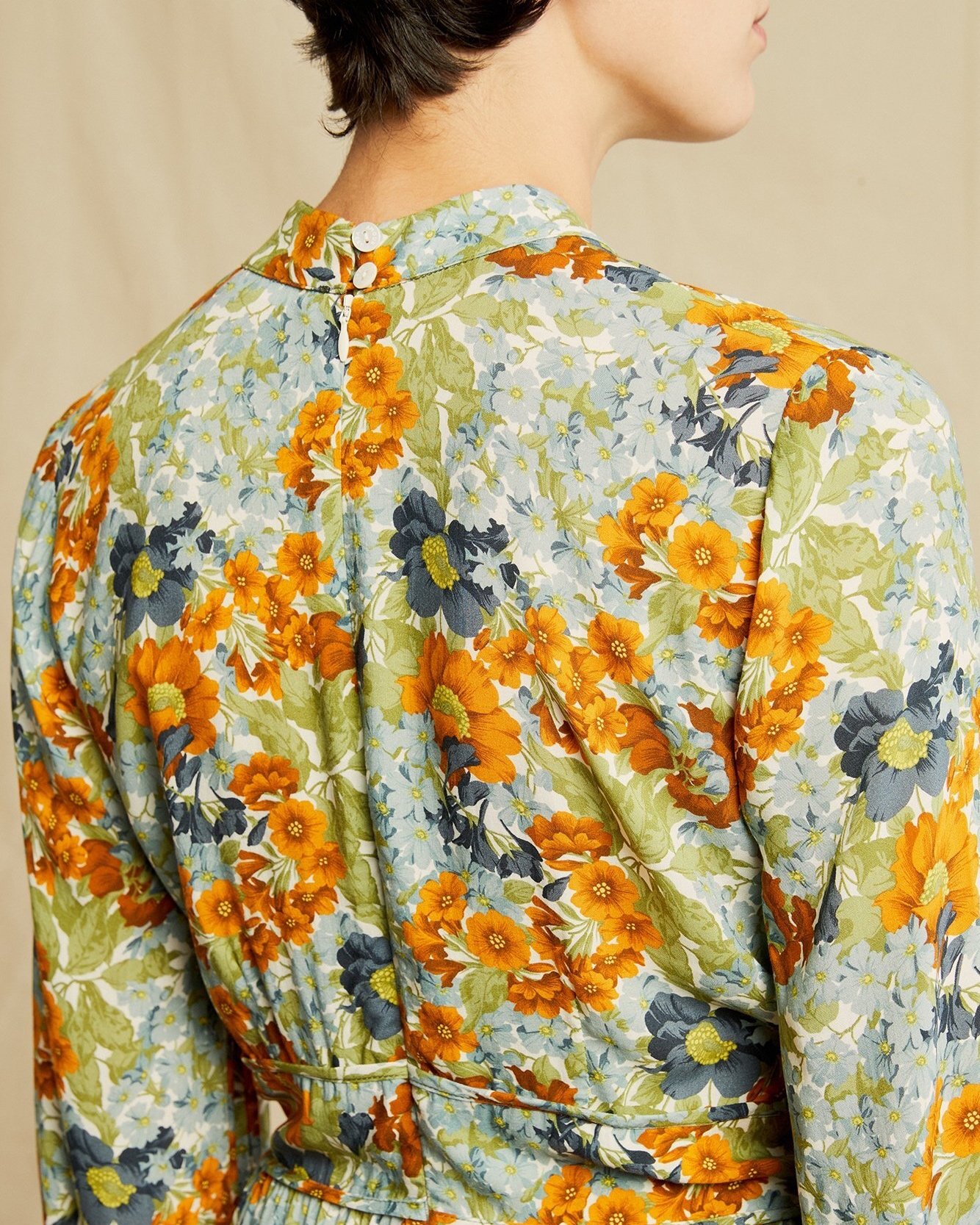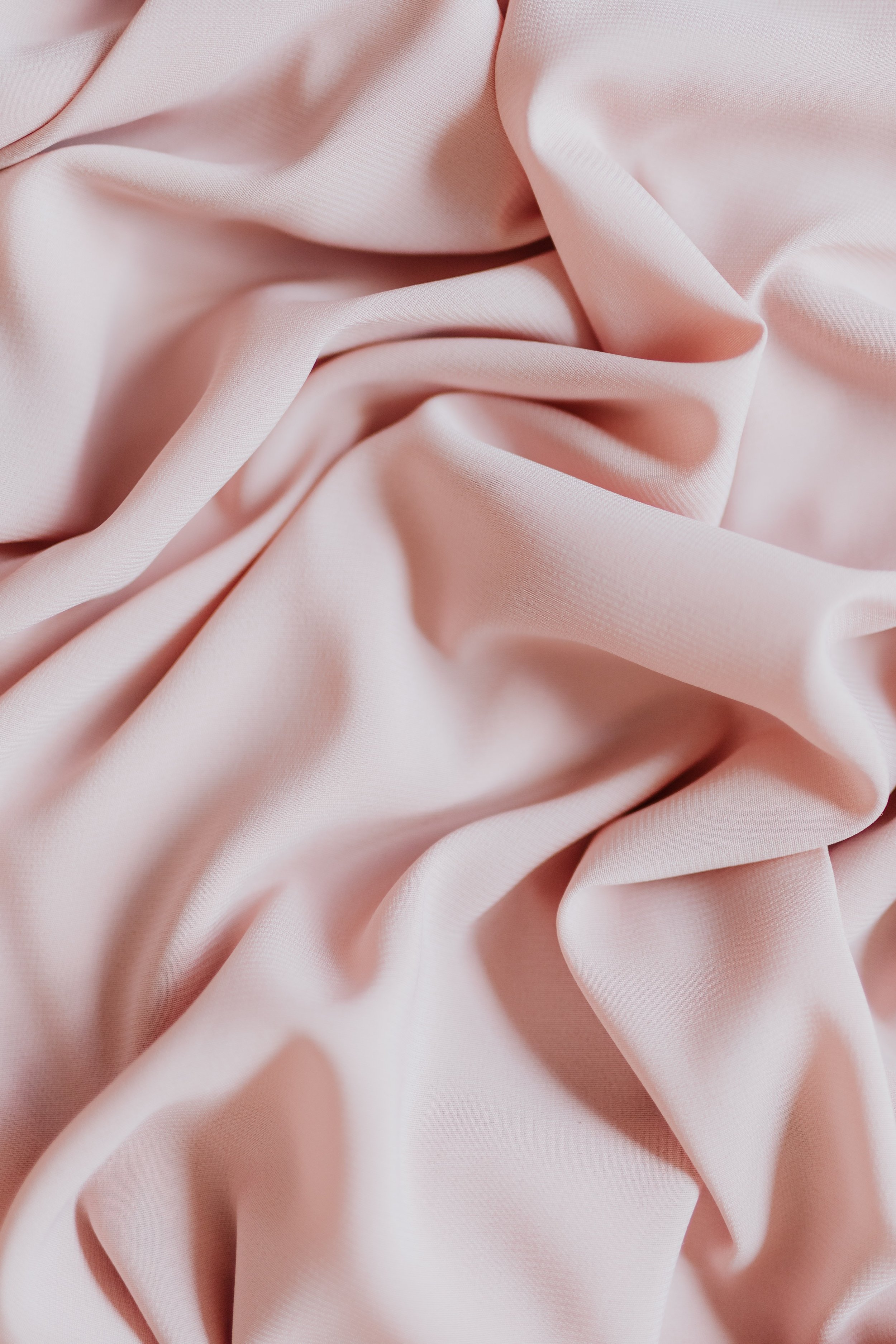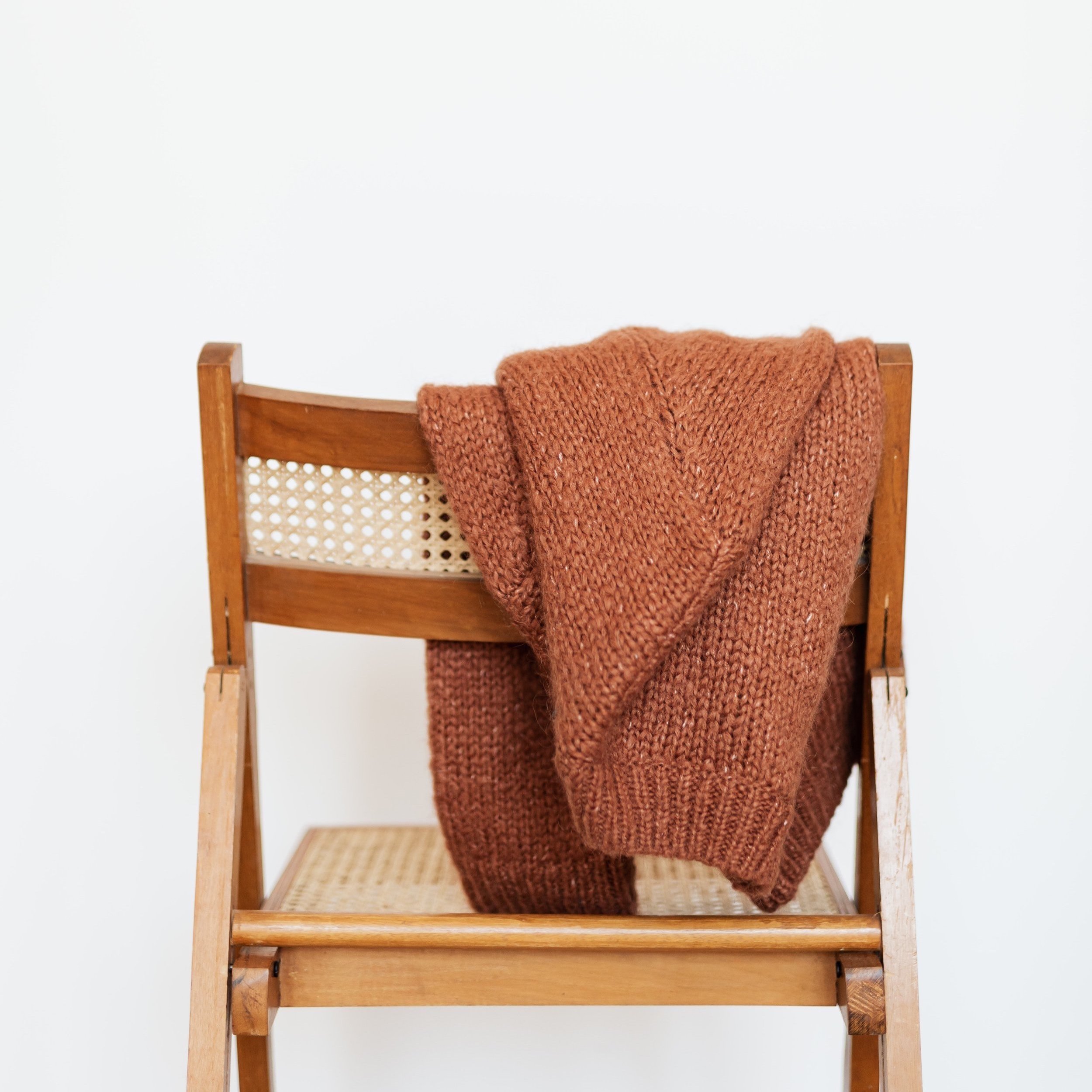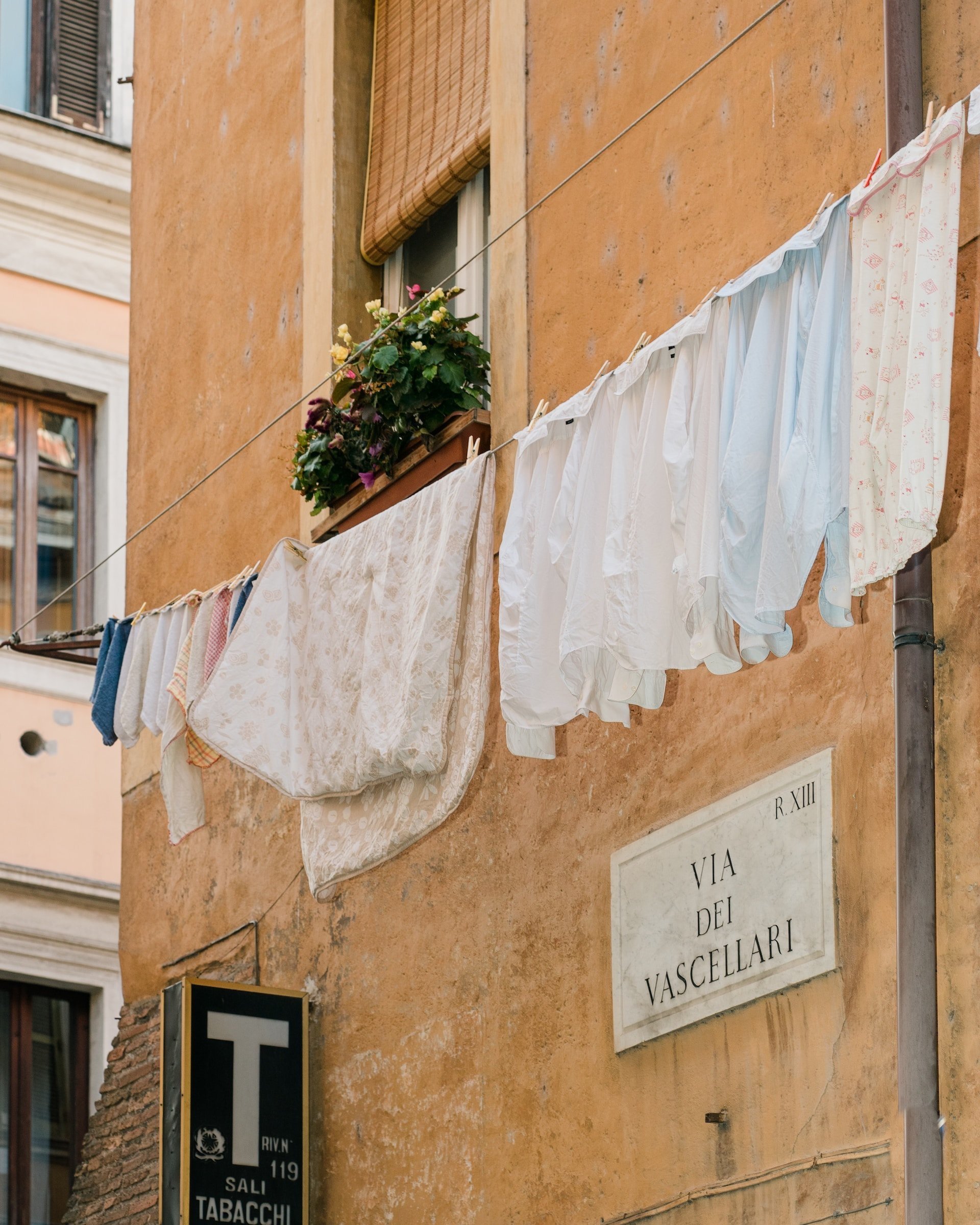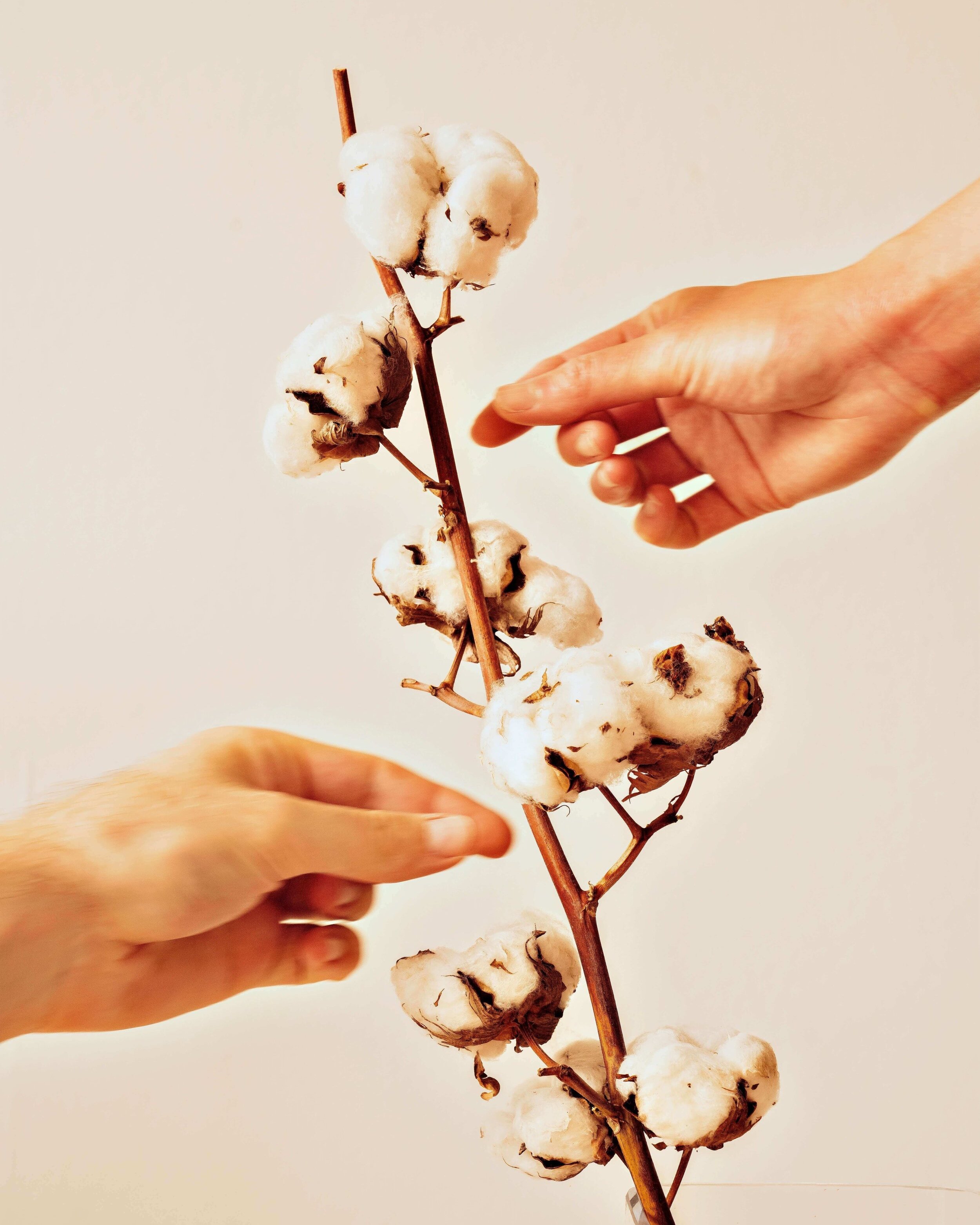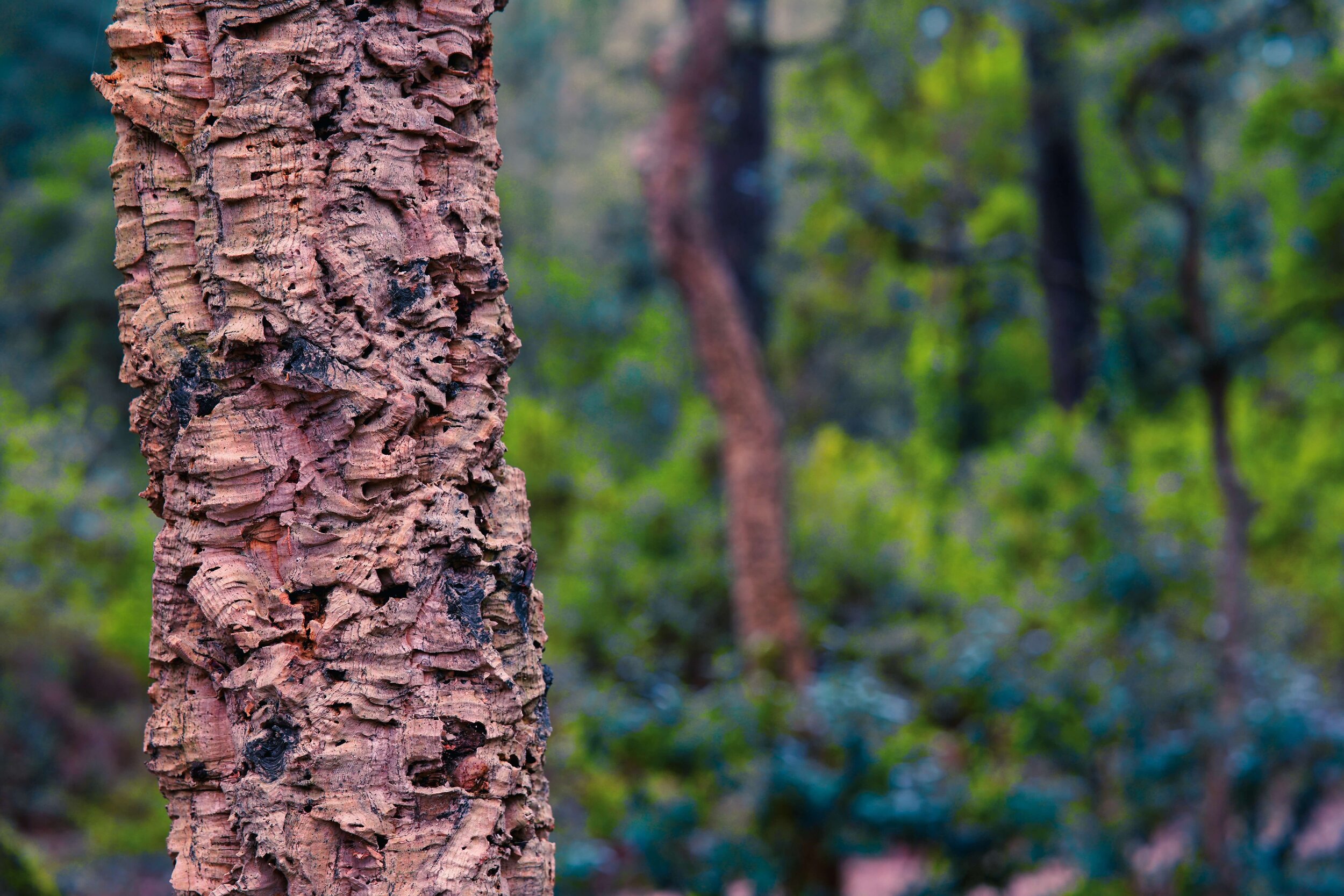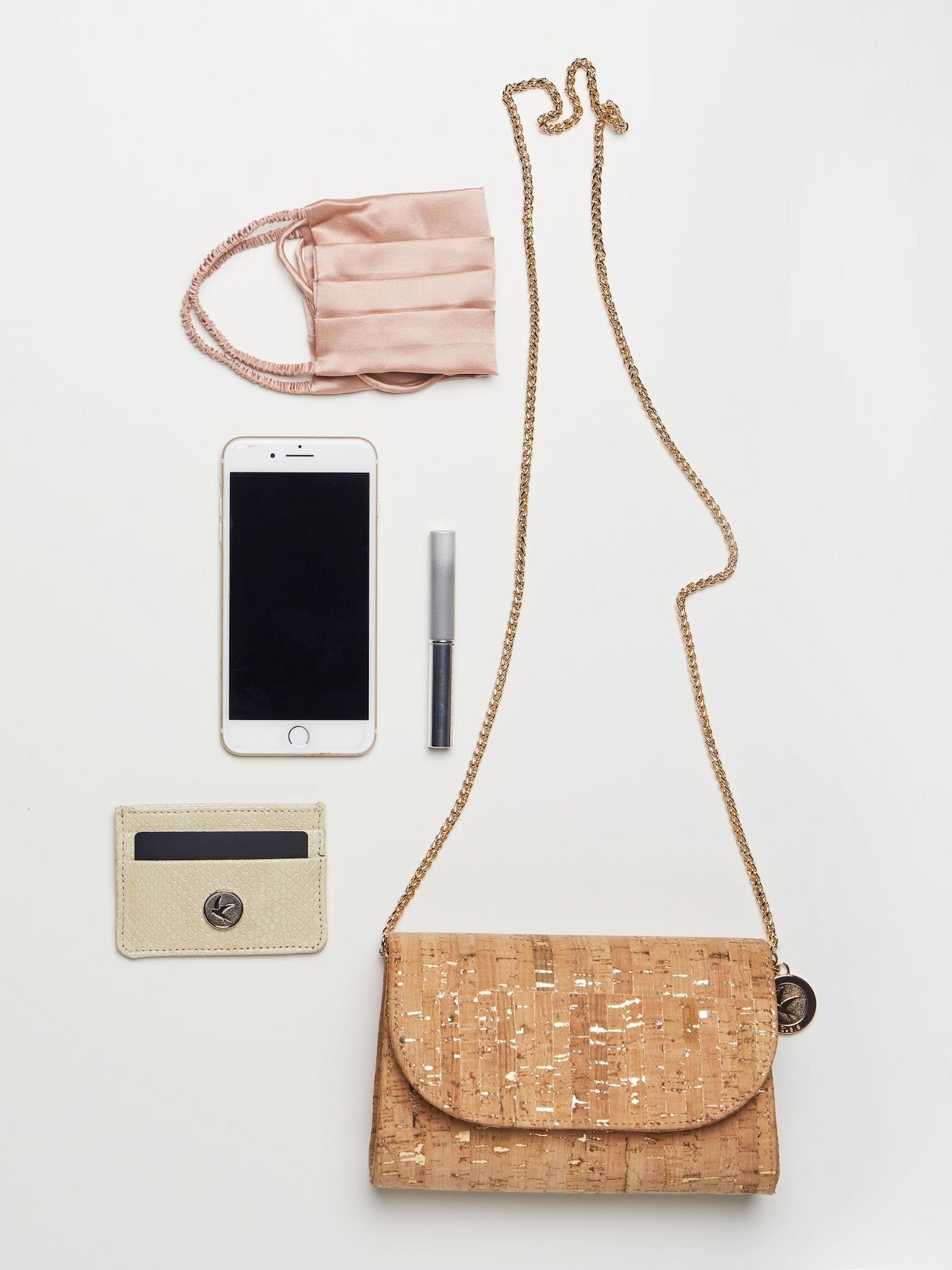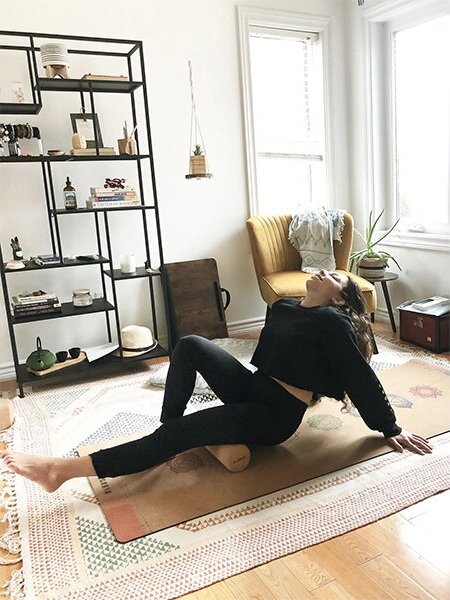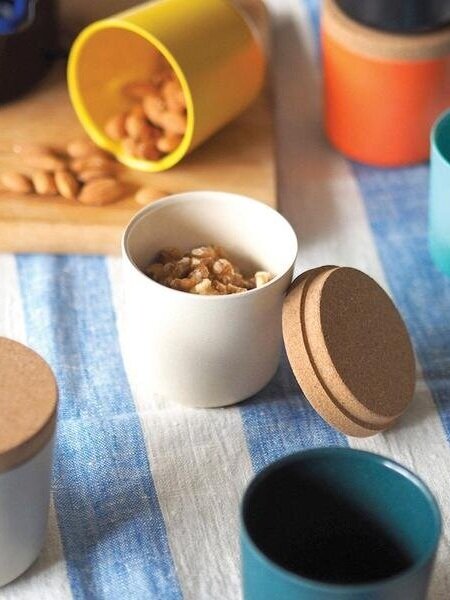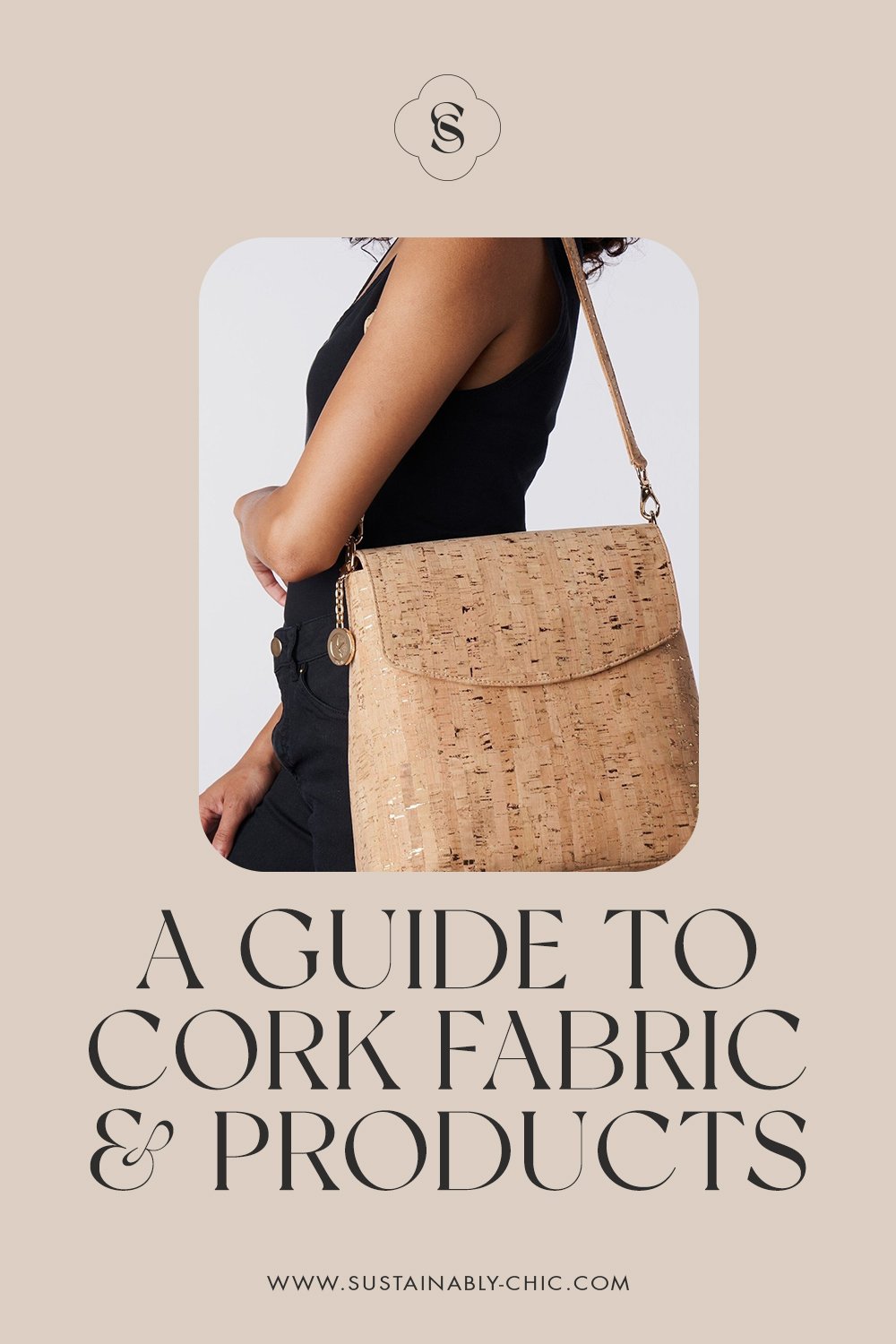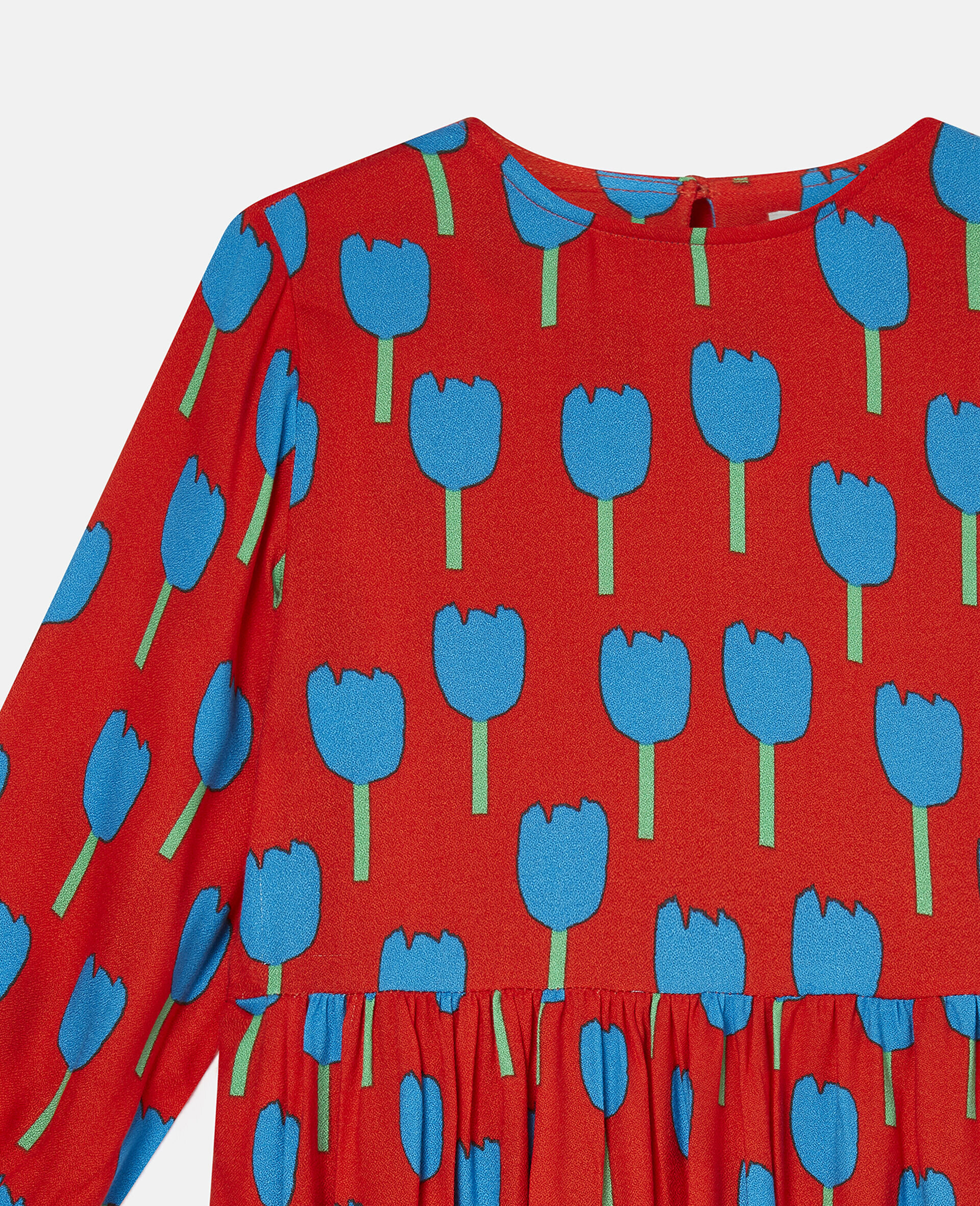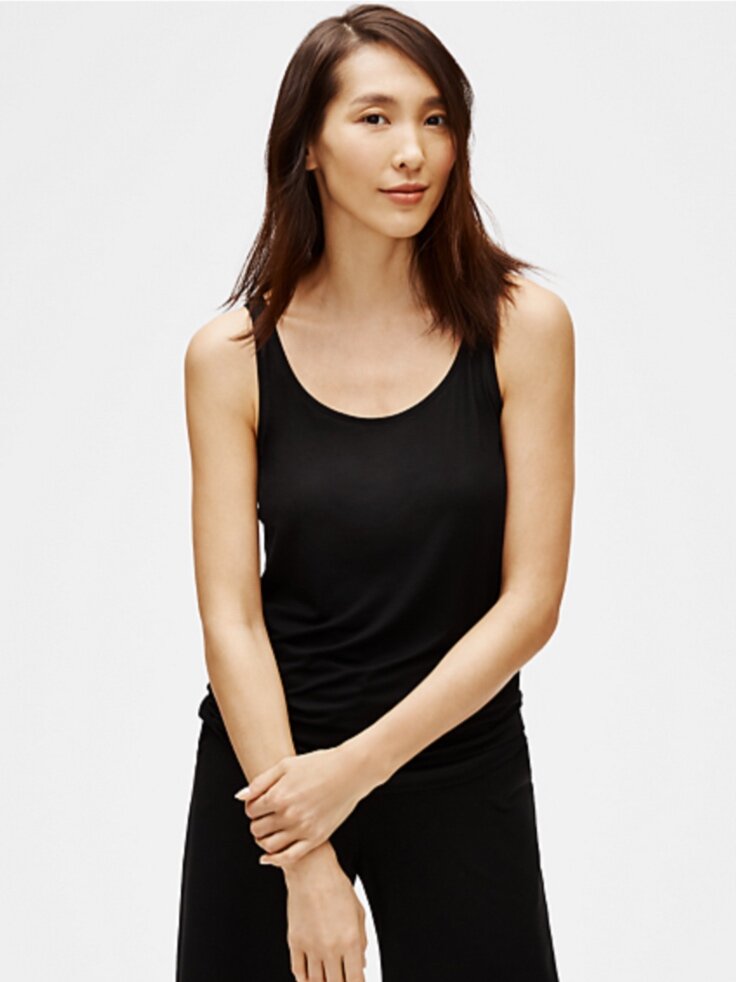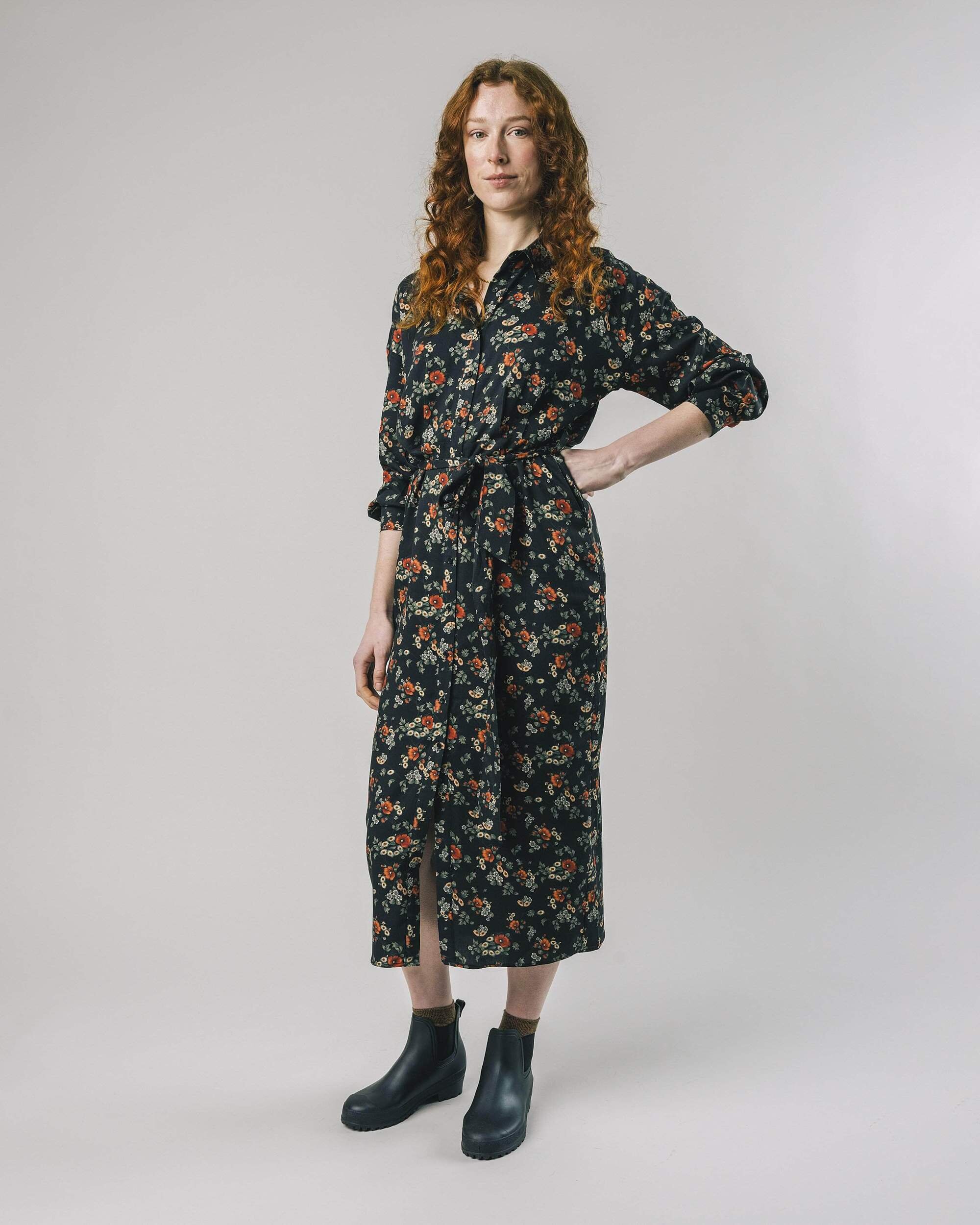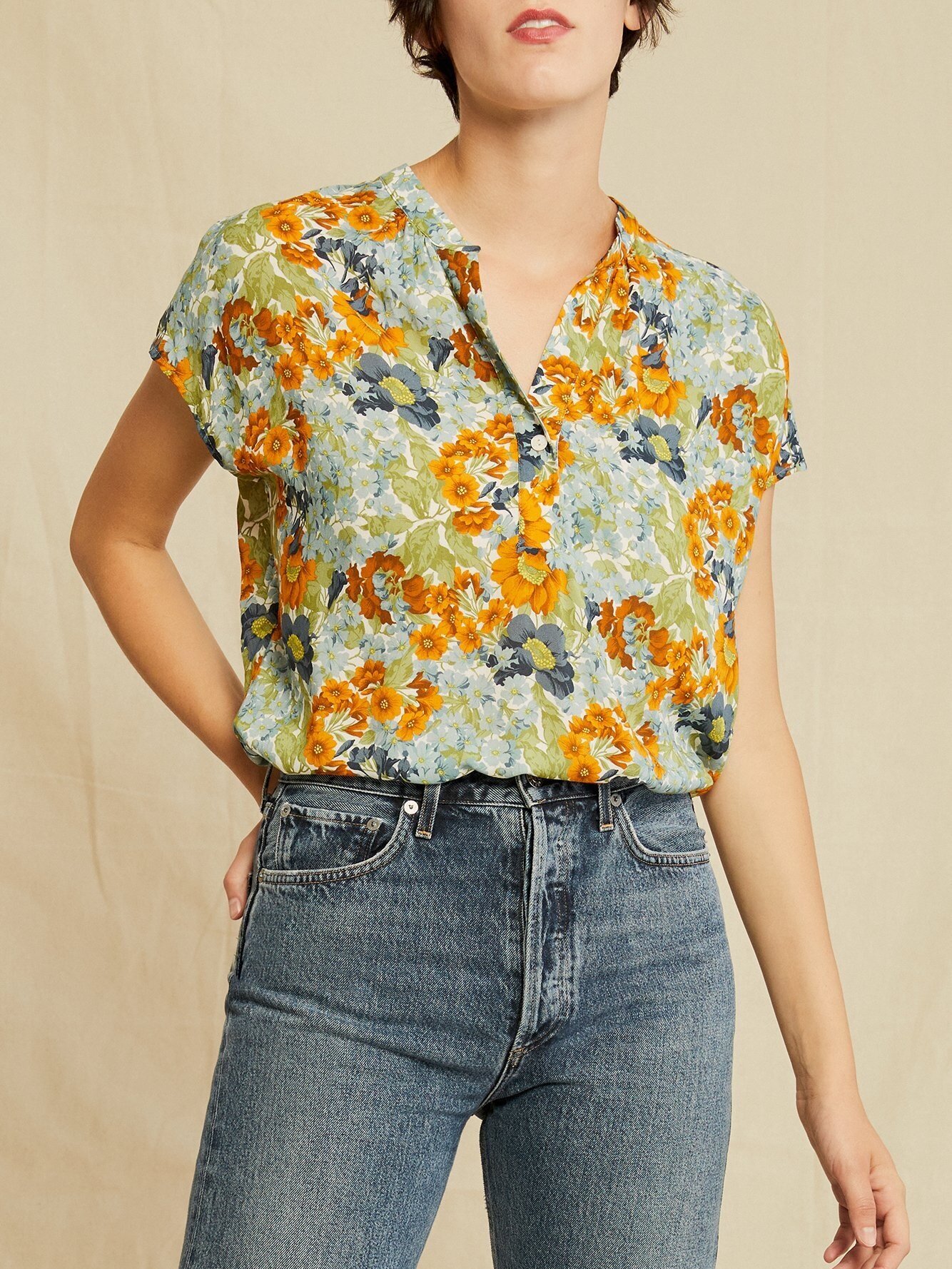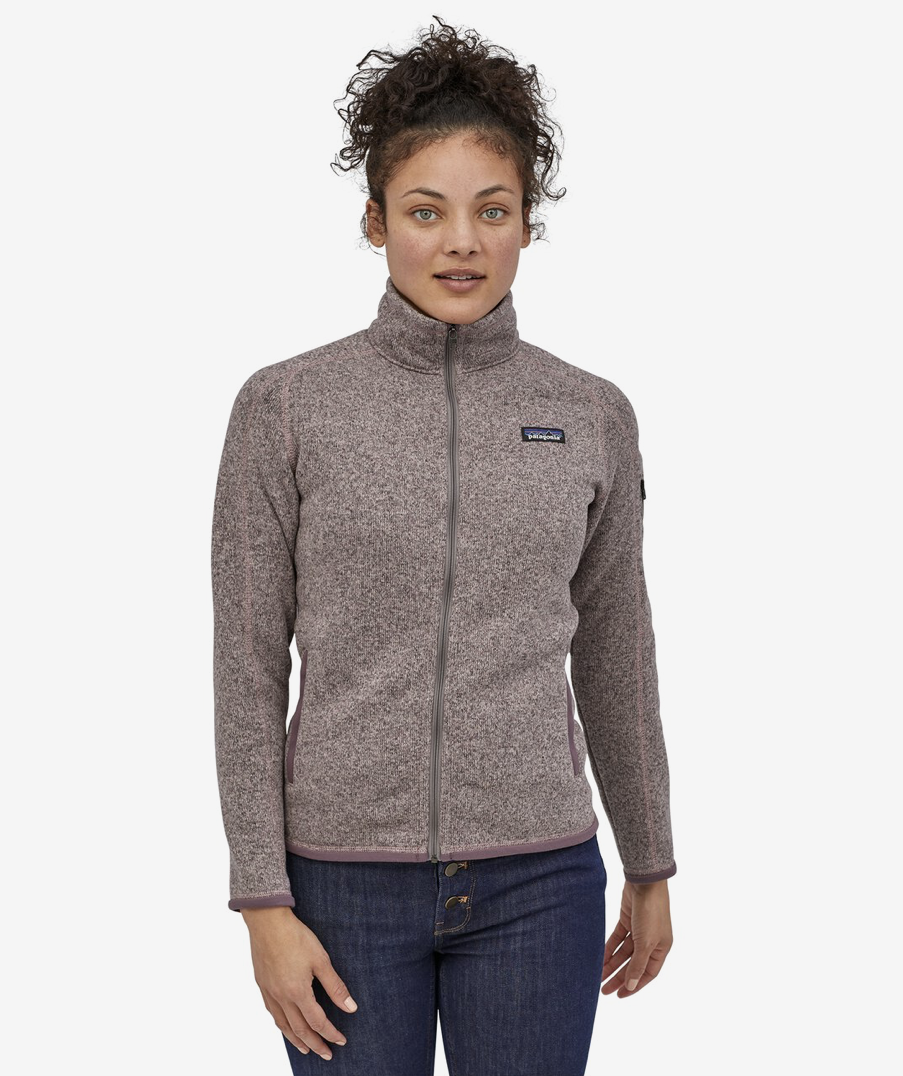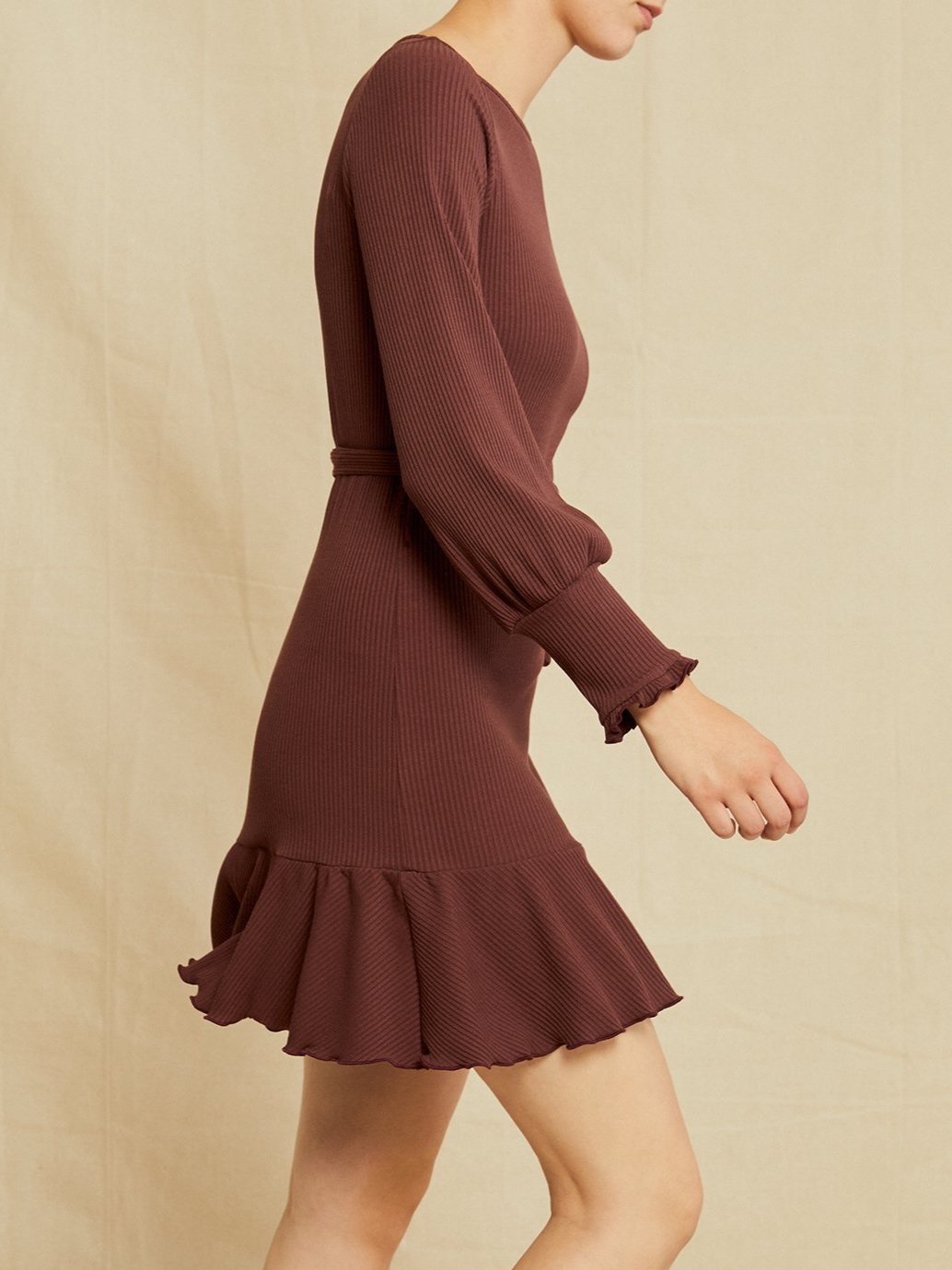A Guide to Spotting High-Quality Clothing
There is no denying that clothes play a significant role in our everyday life. Aside from their more practical function of shielding our bodies from the elements, they provide a way of expressing ourselves and boosting our mood, as they accompany us everywhere we go.
That's why choosing the right ones can have such a significant impact. After all, we all know that sporting an outfit that feels nice and looks nice can be an easy way to make us feel on top of the world. To get that mood boost, it's essential that the clothes we wear not only match your style but are high quality too. Pieces that rip and pull as we are out and about can be a real headache.
Nothing feels better than clothes that follow our movements and are friendly to our bodies and the Earth. Low-quality garments can have a shorter lifespan and need more care and attention on your part to stay wearable.
We have created this guide to help you choose clothes that will stay in your closet and look sharp for a long time. Keep on reading to find out how to spot high-quality clothing.
image: Spruce Crafts
Check out the seams
The seams get under pressure when you put on clothes, wash them, and take them off. After all, garments aside from knitwear are essentially made of pieces of fabric cut and sewn together, and seams keep them together.
So what characterizes a well-made seam? Hardier seams tend to have more frequent stitches in opposition to loose stitches. The latter can make a seam more prone to coming undone, shortening your garment's lifespan. Neat, flat, mess-free seams are a sign of good quality.
A lack of a visible raw edge is a sign of thoughtfulness as well. Let's take French seams, for example. With their enclosed seam allowance, choosing them is a great way to keep the edges soft, making pieces more wearable for those bothered by harsher textures.
Here is a little extra tip for all the thrifters out there. In lower-quality clothes, armpit seams can more easily rip because of harsher washing and overall traction. If you have eyed a second-hand piece in good conditions with weak armpit seams, you may look at a not-so-good quality garment.
Higher quality materials often mean higher quality clothes
For manufacturers to make beautiful, high-quality, and long-lasting clothes, they need to work in a safe environment, be given enough time to create and rest and be provided with quality, sturdy materials. To maximize profit, many fashion companies do not comply with these requirements, and the quality of their products is affected.
Using cheaper synthetic materials like polyester or unspecified fabrics murkily labeled as "other" is usually a sign that saving on fabrics is the clothing company's priority instead of quality, longevity, and the planet.
On the other hand, using natural, organic, and eco-friendly materials such as organic cotton and Tencel is a positive sign. Generally, a company that cares about their workers' well-being and the environment is likelier to make good quality clothes as their quality and longevity are closely linked.
Look out for “unintentional” sheerness
If you have spent any time in a location with a hot climate or a hot season, then you know how helpful it can be to have a good selection of thin, breezy clothing to get through balmy days.
Not all sheer clothes are made to keep the wearer feeling fresh in the warm weather. A low thread count may indicate poor quality in winter clothes and pieces made for transitional weather.
As the sheerness may also be just an intentional aesthetic choice of the designer, try to see if it is specifically mentioned in the product description and if other pieces from that brand have a higher thread count.
Commonly, high-quality fabrics, which are the building blocks of high-quality clothes, tend to be more tightly knit. This characteristic gives them a denser appearance and heavier feel, which allows them to fall beautifully on your body when worn.
P.S. Keep in mind that, regardless of whether or not the sheerness of the piece is intentional, thin garments tend to be higher maintenance, so wash them and handle them carefully to keep them looking and feeling their best on you for as long as possible.
Don't forget to check out the tags
If you are someone who is trying to lower their individual impact and support good businesses, chances are you are an avid reader of tags, product descriptions, and ingredients lists. After all, as buyers, it is only reasonable for us to want to know more about what we are purchasing, and the people who do business ethically won't have a problem being transparent.
So checking clothing tags out is a smart move and can be a good habit to build. A simple tag will tell you how much information the company is comfortable sharing with you. Plus, if you read the signs, it may also let you know how much thought and care went into making that garment.
Let's go through a brief checklist, shall we? Let's start with the tag's material. Did the company state anywhere what its fabric is? Is the tag soft, or does it feel scratchy and rough against your skin? Transparency and care for the customers' comfort and well-being are both positive signs.
The tag's function is to give you essential information about the product and how to take care of it. Were you provided all the info you might need, or did the fashion company leave you in the dark? Adding extra buttons, or maybe even additional thread, can signify that the piece was designed with longevity in mind, making repairing it much easier for you.
Trust your body
The sizing of ready-to-wear clothes can be confusing and often downright absurd. Two people who wear the same clothing size may have completely different body proportions. It can be hard, especially when shopping online, to figure out if a specific piece of clothing will fit and feel good on our bodies. The result is that many of us have purchased and worn clothes that, despite technically being our size, were incredibly ill-fitting.
These accidents result from whack sizing but also poor cut, poor choice of fabric, and poor fit. A garment in your size should give you enough room to breathe properly and move around. If the fabric pulls or the garment constricts your body, it may be a sign of poor quality.
Sometimes stiffness can be expected, like in the case of brand new, non-stretchy jeans. Still, high-quality, thoughtfully designed clothes are made to accommodate the proportions of various body types. So trust your body when choosing well-made clothes: it can be a tremendous compass!
image: WVN *this is an affiliate link - we only show brands we truly love!
The print trick
Beautifully-designed prints have the power of making a garment feel extra special, giving even simpler pieces that wow factor. Aside from their clearer aesthetic function of providing oomph to clothing, prints can also be used to help you figure out how much a fashion company is willing to invest into making high-quality clothes.
In many cases, the fabrics embellished with prints can be pricier for fashion companies to purchase. Therefore, printed garments are often lower quality and more poorly made than those coming in a solid color as companies try to balance out the print's cost.
So if you find a print garment that doesn't present a needlessly thin or loosely knit fabric, doesn't have twisted seams, and its pattern does match up at the seams, then you are in luck. Because chances are that this piece is not only specifically high-quality, but it's more likely that the brand is committed to making quality garments as a whole.
Don't get fooled by the price
This advice may seem like a no-brainer to some, but it's vital to remember that high quality doesn't always have a high price and vice-versa. As a lot goes into making and selling clothing, many factors determine the price of a garment, so the quality level of its materials and the time that went into manufacturing aren’t the sole determiners.
If a company overcharges, you may end up paying for a mediocre-quality garment more than it is worth. Conversely, you can still get good-quality clothes for reasonable prices. Regardless of your clothing budget, know that there can be discrepancies between a garment's quality and cost.
So pay more attention to the looks and feel of the piece you are looking at when trying to determine its quality level, rather than just basing your decision on its price tag, as you may find a better quality piece for the same price.
By buying well-made clothes, you save yourself time and money, and it's also an exercise of mindfulness that can help you develop your personal style and avoid impulse buying. Ultimately, learning what makes a high-quality garment can also give you a better understanding of how clothes are made and a deeper appreciation for the talented, skilled people that make the pieces we love.
About the Author:
Roberta Fabbrocino is a journalist specialized in climate change and sustainability-related topics. Her articles have been published in several international eco-publications. Roberta also works as a content writer for sustainable companies.
MAKE SURE TO PIN THE PHOTO BELOW TO SAVE THIS POST FOR LATER!
WANT to find SUSTAINABLE BRANDS? VISIT OUR BRAND DIRECTORY!
Our Brand Directory is home to hundreds of sustainable brands, from makeup to cleaning supplies, from underwear to shoes. We have broken everything down by category for easy shopping, along with discount codes unique to Sustainably Chic viewers.











